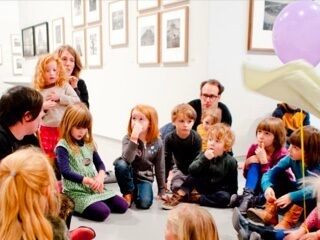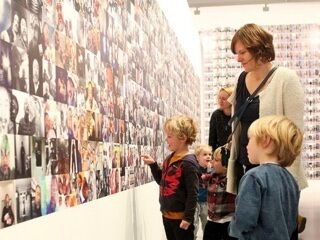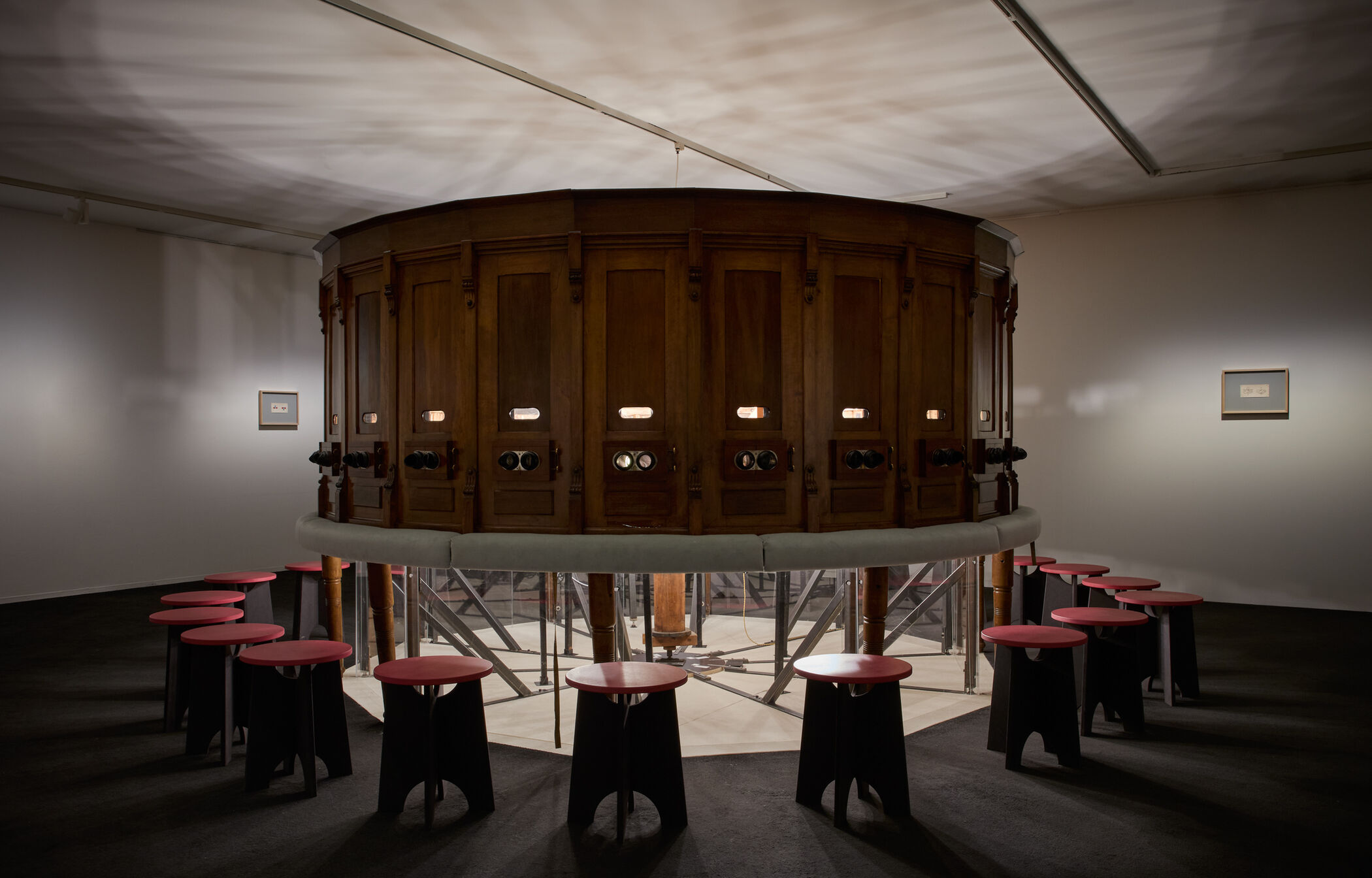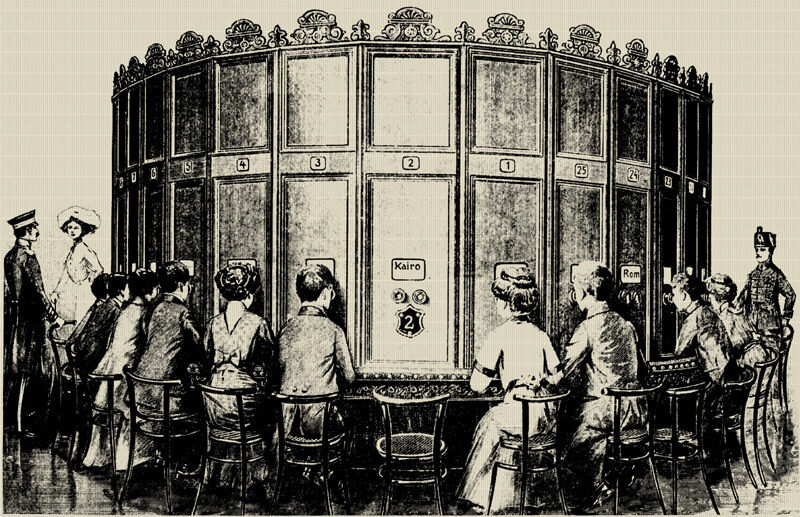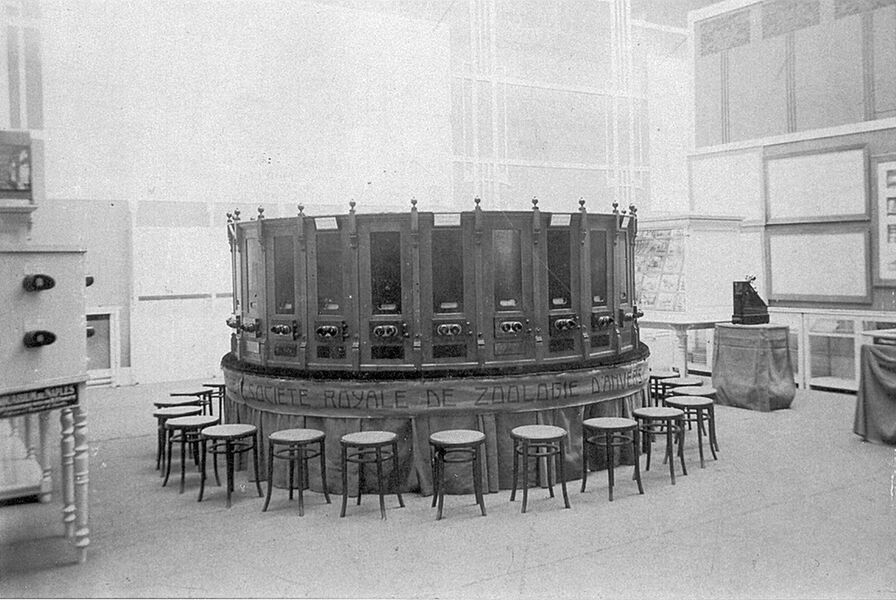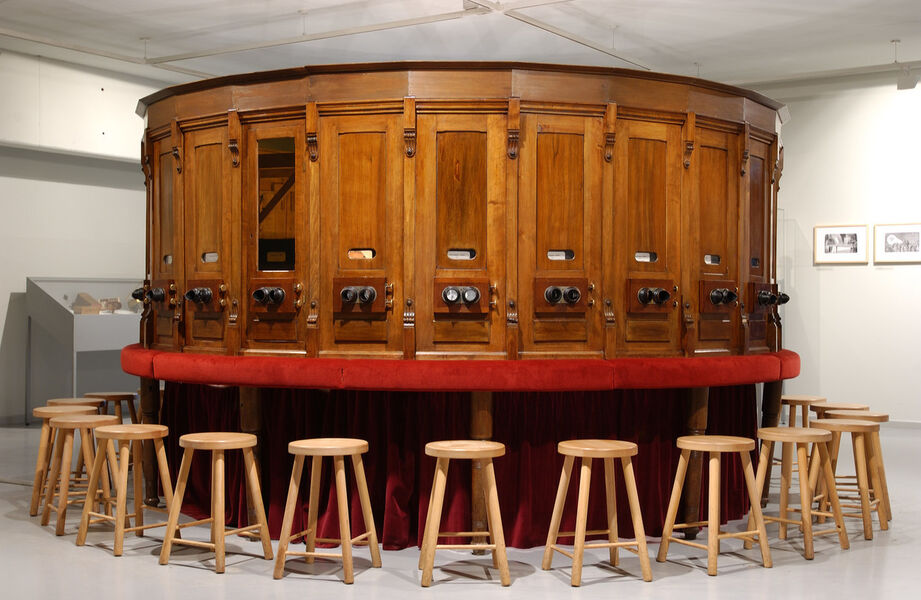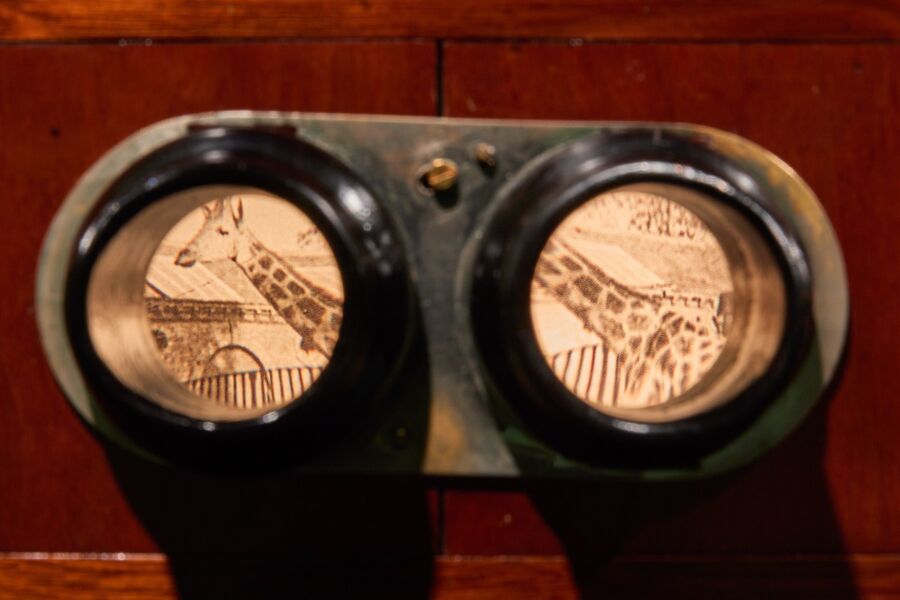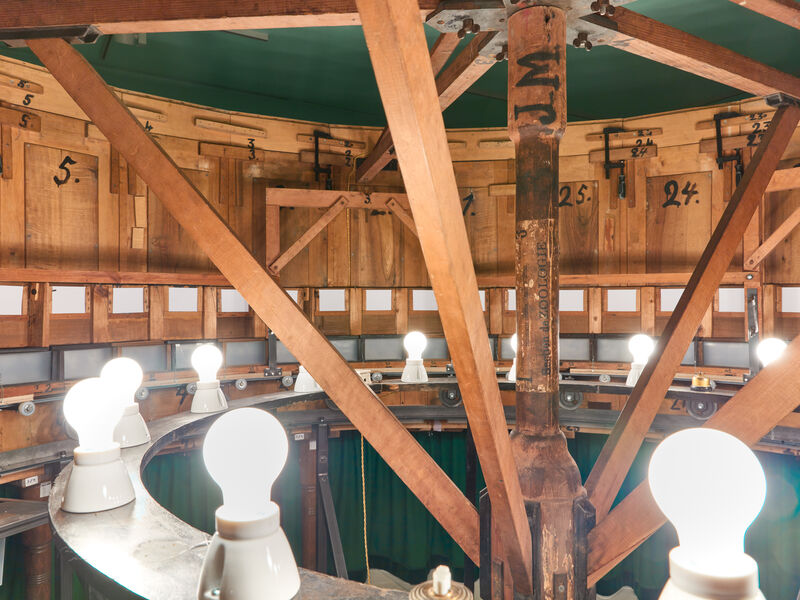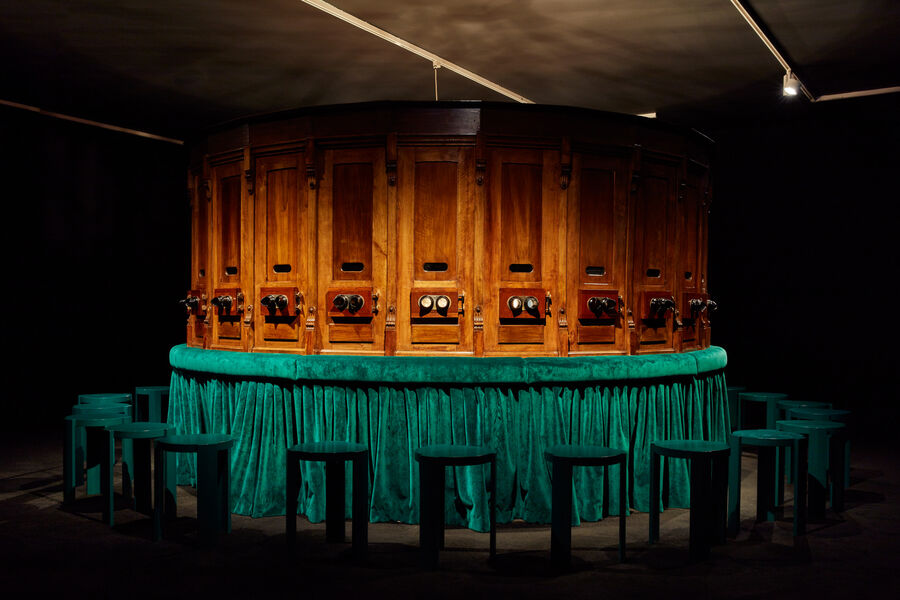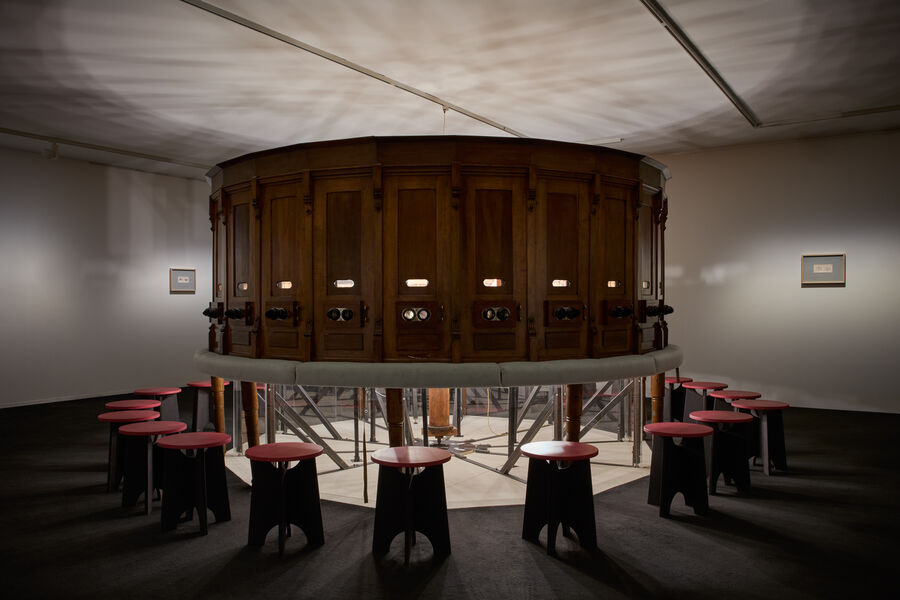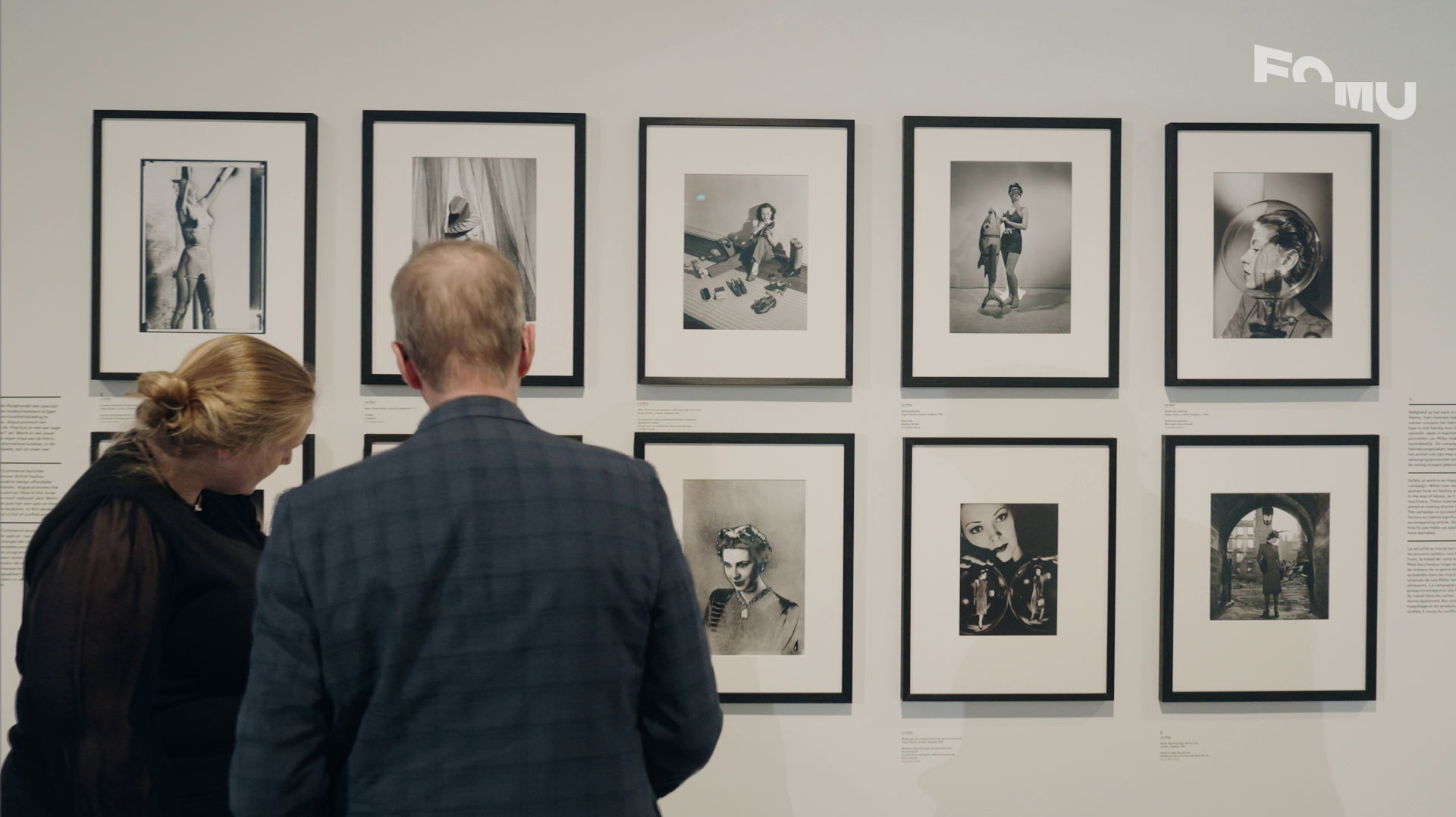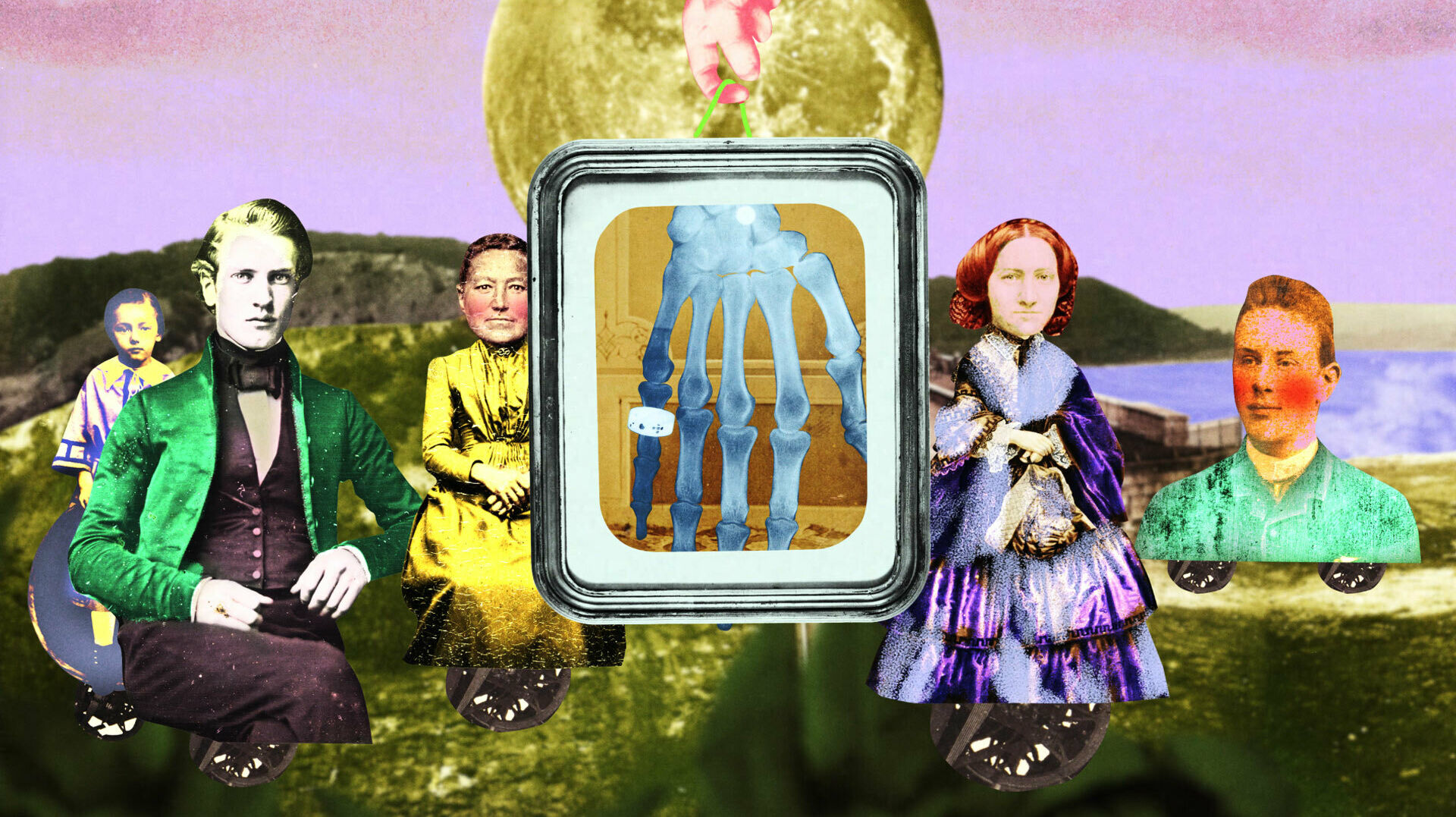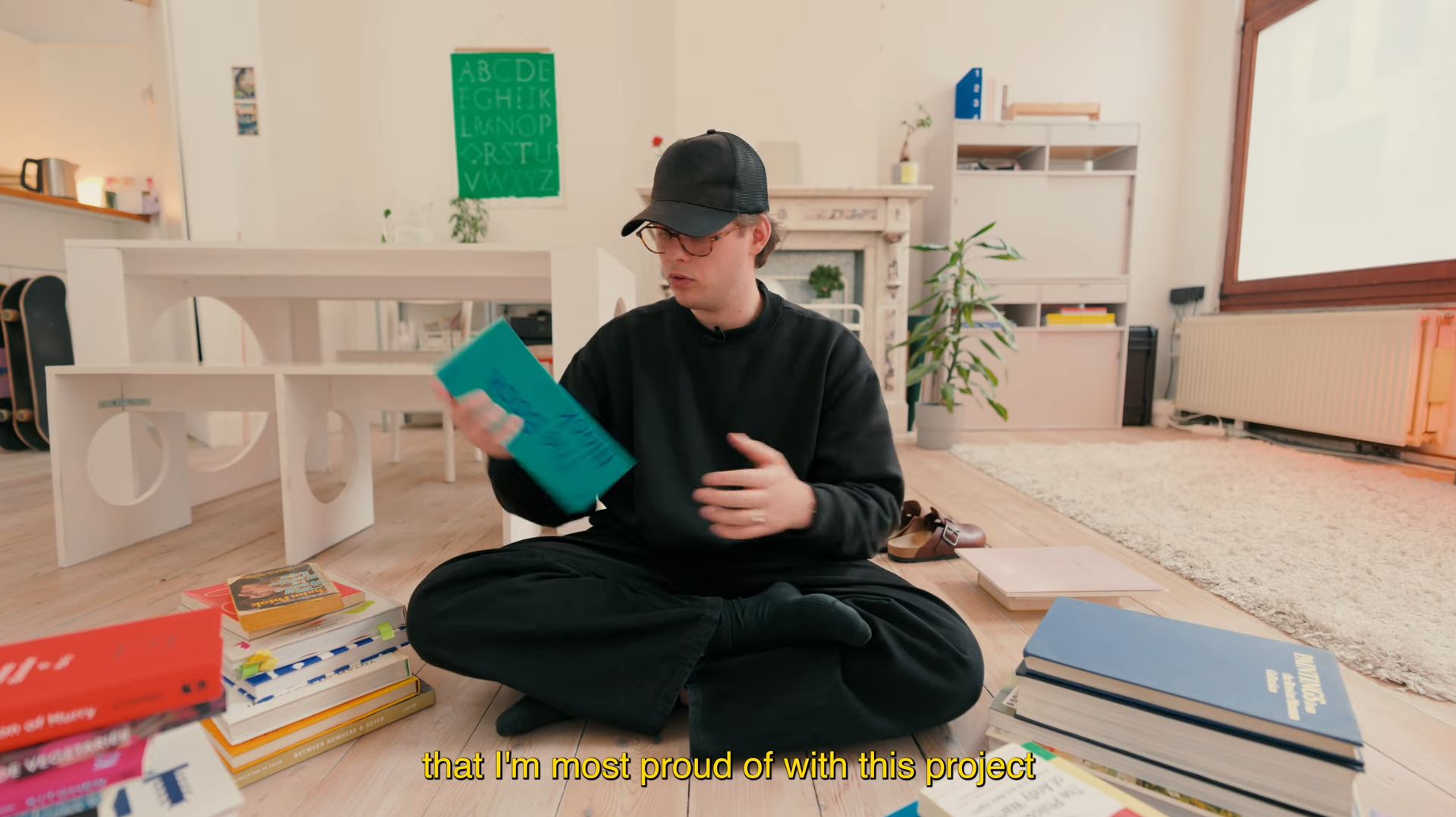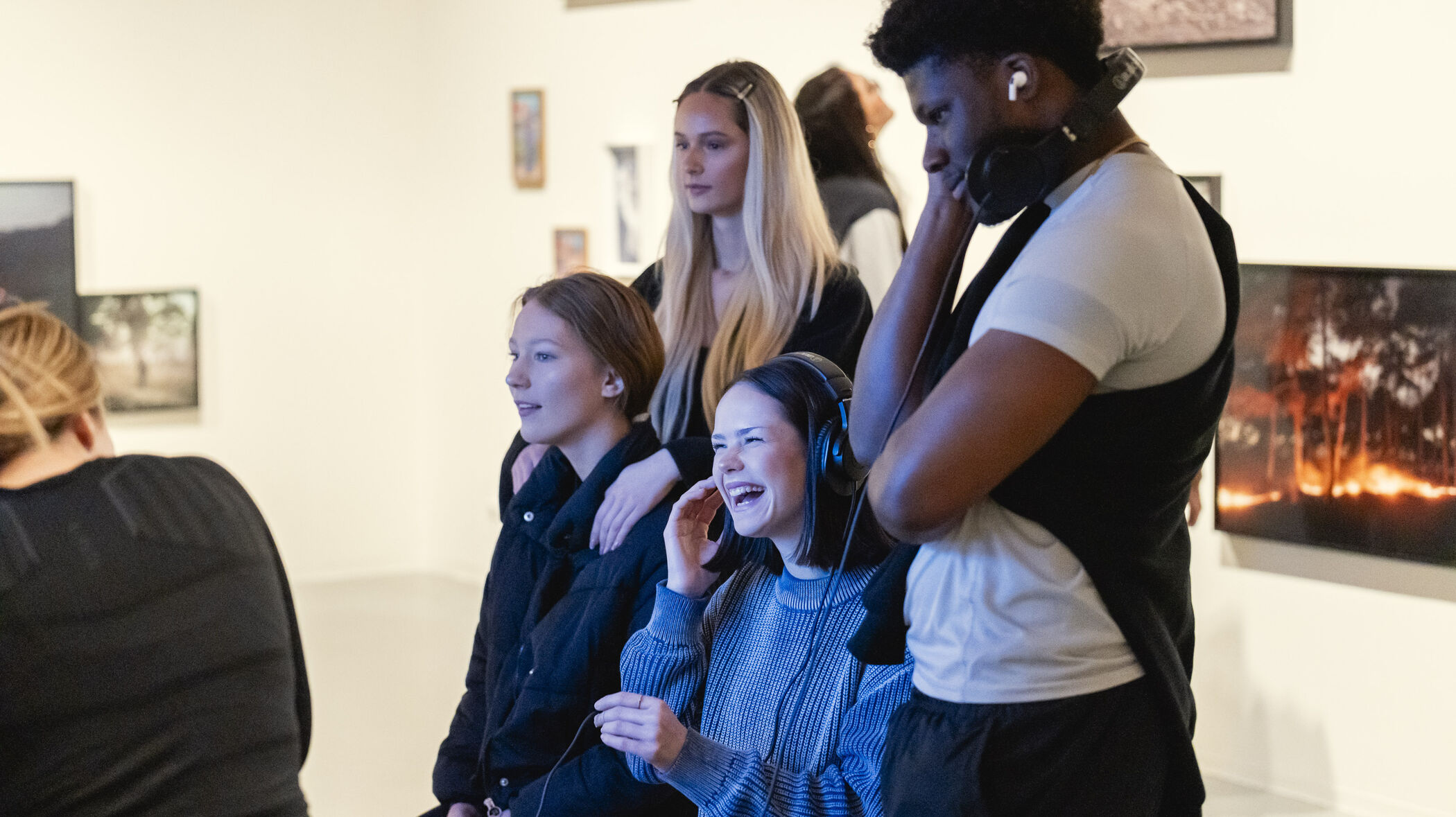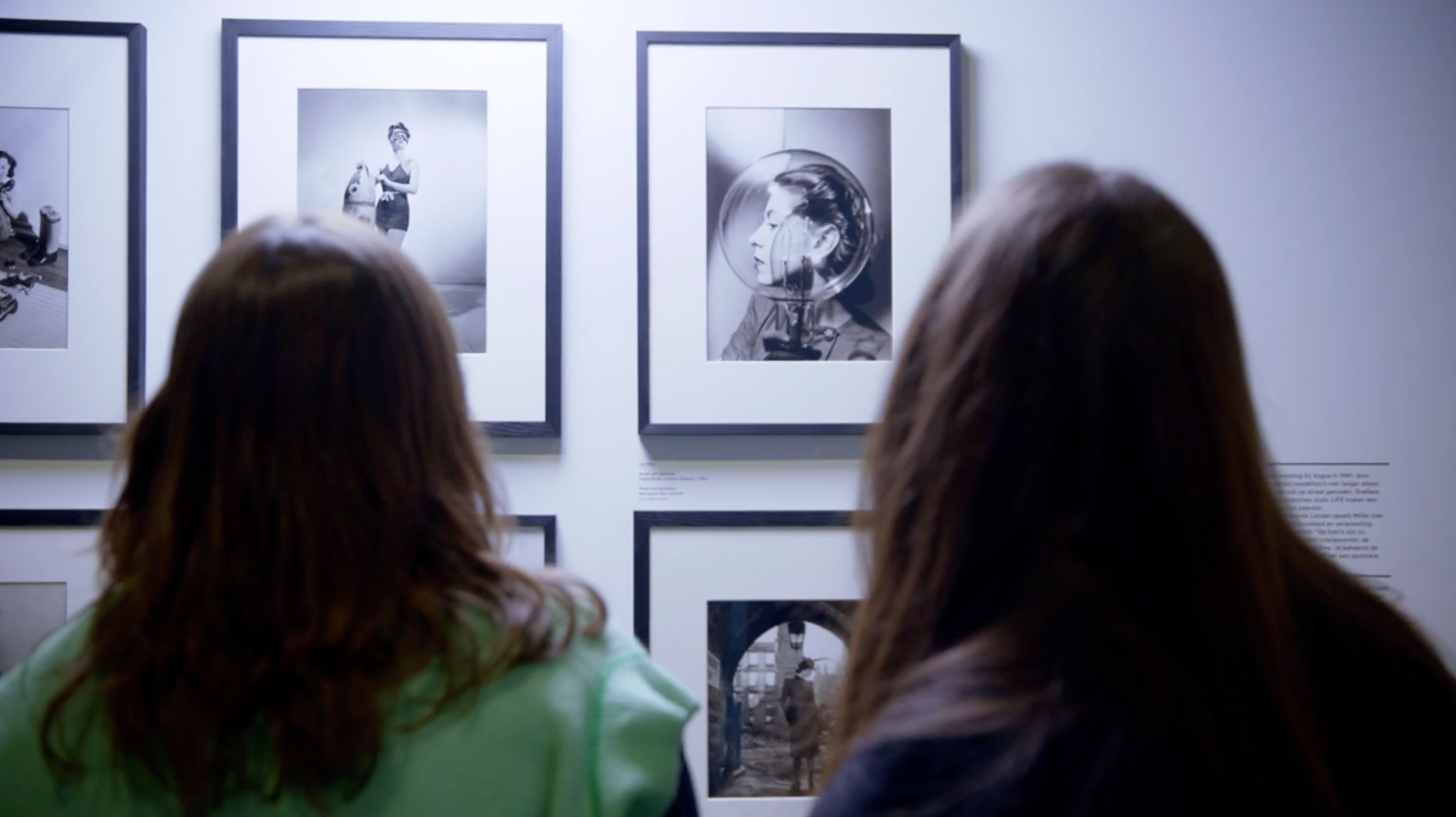FOMU collection
The Kaiserpanorama, a revolving spectacle that’s over one hundred years’ old
FOMU is privileged to own one of only fifteen surviving Kaiserpanoramas in the world. A Kaiserpanorama is a large round wooden cabinet that allows twenty-five people to view a series of stereoscopic photographs at the same time. When viewed through special stereoscopic viewers, the photographs appear three-dimensional. The photographs are housed in a wooden carrousel that is turned by a creaking mechanism.
A cheap and easy way to see the world
The German entrepeneur August Fuhrmann (1844-1925) patented the Kaiserpanorama in 1888. As the 19th century drew to a close, Europeans had increasingly more leisure time and money. The social scene was exploding, and people were looking for amusement. The Kaiserpanorama promised a new form of “education and entertainment”.
Kaiserpanoramas began to appear in all the major European cities, including Antwerp and Brussels. They were seen as a cheap and easy way to see the world. For example, you could take a stroll in Rome, consisting of fifty images, while seated. People could view a new presentation every week and, for the first time ever, the experience was collective. For a few years, the Kaiserpanorama was one of the most popular attractions in Europe – until cinema took over.
The FOMU Kaiserpanorama
The FOMU Kaiserpanorama has an interesting history. The design differs from the Fuhrmann model and bears the initials of the famous Antwerp photographer Joseph Maes (1838-1908). Maes delivered it to the Royal Zoological Society of Antwerp (KMDA) in 1905. That same year, it was exhibited at the Liege World’s Fair with stereoscopic photographs of Antwerp Zoo. It was placed in the zoo’s festival hall after the fair ended. In 1910, it travelled to the Brussels World’s Fair and in 1911 to the Paris World’s fair. It is not known whether the panorama was shown again after the First World War.
In 1975, the Kaiserpanorama was donated to the Provincial Museums of Antwerp. It was stored in wooden boxes. When it was moved to its current location of the photography museum, the boxes were opened for the first time since the donation. The panorama was put on show when FOMU opened its doors in 1986, and again from 2004 to 2011.
The restoration
An extensive research project and several restorations later, the panorama is back on show in all its original glory. The carrousel had begun to grind as it turned, and the stereoscopic images were no longer nicely aligned with the viewers. The viewers themselves were in poor condition and the varnish on the panels had worn off in several places.
The panels have now been cleaned and revarnished. Missing wooden elements were remade and broken ones were repaired. The stereoscopic viewers were cleaned and remounted. The motor, which had been replaced in the 1980s, was exchanged for a new one. The arm support was reupholstered in a green fabric. 1980s light fittings were replaced by fire-resistant porcelain. One major alteration was to make the carrousel rotate separately from the old wooden structure in order to preserve the original material for as long as possible. We want everyone to be able to experience the spectacle and magic of the Kaiserpanorama.
With thanks to: Leen Engelen (UA, B-magic), Cleo Cafmeyer, Etoile Mecanique, Kir Waldukat, Chris Pype & Atelier Boba.
The Kaiserpanorama is back on display at FOMU!
Would you like to see this unique machine in action? The Kaiserpanorama is set in motion every first Sunday of the month in the exhibition No Longer Not Yet. Katja Mater and the FOMU collection.
Video by Seppe Van Grieken

